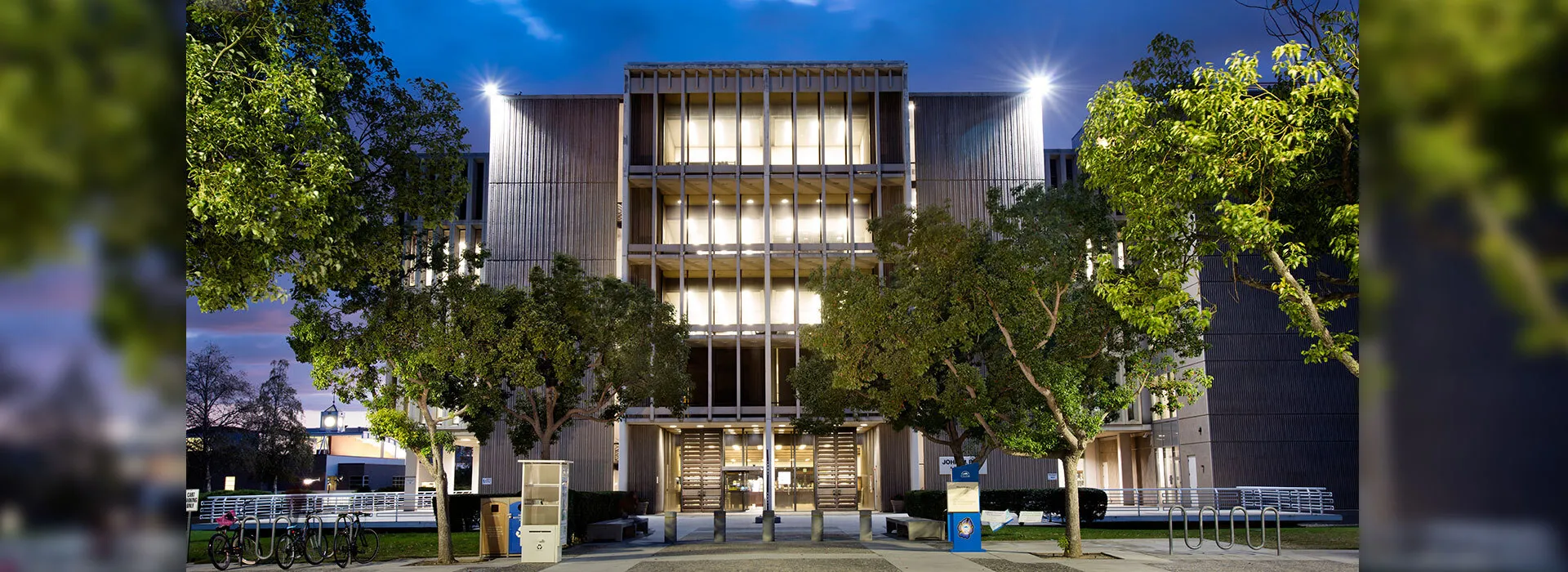
Jane Elliott, who in 1968 developed a classroom experiment for her all-white class of third graders to teach them about discrimination and racism by separating those with blue eyes from those with brown eyes, will speak at Cal State San Bernardino on Thursday, April 7.
“Jane Elliot on Race and Racism,” presented by the university’s Institute for Child Development and Family Relations, will take place in the Santos Manuel Student Union Events Center, room 106, from 2-3:30 p.m., followed by a 25-minute video. The public is invited to the free event; parking at the university is a daily rate of $6.
No stranger to Cal State San Bernardino, Elliott presented a diversity lecture on campus in 1998 as part of Conversations on Diversity lecture series, and as a guest speaker for a psychology social sciences class in 2014 and 2015.
Elliott, who developed what has become known as the “Blue Eyes/Brown Eyes” exercise after the assassination of civil rights leader Martin Luther King Jr., will show how people can learn to recognize and identify disparities in the ways in which power is assigned and maintained.
She asked her students if they wanted to participate in an exercise to see how discrimination worked. The students agreed. The next day, she separated the children with blue eyes from the children with brown eyes. The blue-eyed children were told they were the superior group and given extra privileges such as more food portions at lunch, more playtime and they sat at the front of the class. The blue-eyed children were encouraged to play only with other blue-eyed children and ignore those with brown eyes.
The brown-eyed children wore collars made of fabric to identify them as a minority group and made to sit in the back rows. Elliott also reprimanded the brown-eyed students when they made mistakes or didn’t follow the rules.
The brown-eyed students initially resisted the notion that the blue-eyed students were better, but Elliott deliberately lied, telling them that the melanin responsible for making the students blue-eyed also gave them higher intelligence and learning ability. As the experiment progressed, the blue-eyed students became arrogant, bossy and otherwise unpleasant to their “inferior” classmates. Their grades also improved. The brown-eyed “inferior” classmates changed into timid and subservient children, who isolated themselves during recess. Even their studies suffered. The following week, Elliott reversed the exercise, making the brown-eyed children superior. While the brown-eyed children did taunt the blue-eyed ones in ways similar to what had occurred the previous day, it was not as intense.
At the end of the exercise, the students were asked to write down what they learned. The students wrote that it was not right to be judged by the color of their eyes and that the color of their eyes did not make a difference on the type of person they were.
The children’s compositions were printed in the local papers and the story was picked up by the national news media. The story led to Elliott’s invitation to be a guest on “The Tonight Show Starring Johnny Carson” to talk about the experiment and the children. After her appearance, the “The Tonight Show” received hundreds of phone calls and letters, many of them complaining. An often-quoted letter states, “How dare you try this cruel experiment out on white children?”
But not all the reaction was negative. As more people learned about the experiment, Elliott was asked to repeat the exercise and it eventually evolved into professional training for adults. In 1970, Elliott staged the exercise at a White House Conference on Children and Youth, staging it for adults.
Elliot now works as a diversity trainer and lecturer who is recognized most prominently as an anti-racism activist and educator. She has been the focus of two television documentaries, “Eye of the Storm” in 1971 and “A Class Divided” in 1985, and has received many awards, including the National Mental Health Association Award for Excellence in Education.
No longer a classroom teacher, Elliott has continued to do the Blue-Eyed/Brown-Eyed exercise, which is considered as the basis for diversity training. She has done training for corporations including General Electric, Exxon, AT& T and IBM. Elliott has also given lectures on diversity to the FBI, IRS, the U.S. Navy, the federal Department of Education and the U.S. Postal Service. Established in 2002, the CSUSB Institute for Child Development and Family Relations promotes the optimal development and well-being of the children and families in the geographic region through research, providing services, and educating future professionals. The institute draws upon the strengths and expertise of faculty throughout the university, who have devoted their careers to researching and teaching subjects related to both child development and the family dynamic.
The faculty members provide training within established graduate and undergraduate programs. Programs include Child Development, Developmental Psychology, Clinical Psychology, Child Assessment, Special Education, Elementary Education, and Early Childhood Education, Family and Child Health.
For more information on the event, contact Kim McDonald at (909) 537-3679 or by email at kmcdonal@csusb.edu.
Visit Jane Elliott’s website at for more information about her work.
Also visit the CSUSB Institute for Child Development and Family Relations website for more information on its programs.
Set in the foothills of the beautiful San Bernardino Mountains, CSUSB is a preeminent center of intellectual and cultural activity in inland Southern California. Celebrating its 50th anniversary in 2015-2016, CSUSB serves more than 20,000 students each year and graduates about 4,000 students annually.
For more information about Cal State San Bernardino, contact the university’s Office of Strategic Communication at (909) 537-5007 and visit news.csusb.edu.